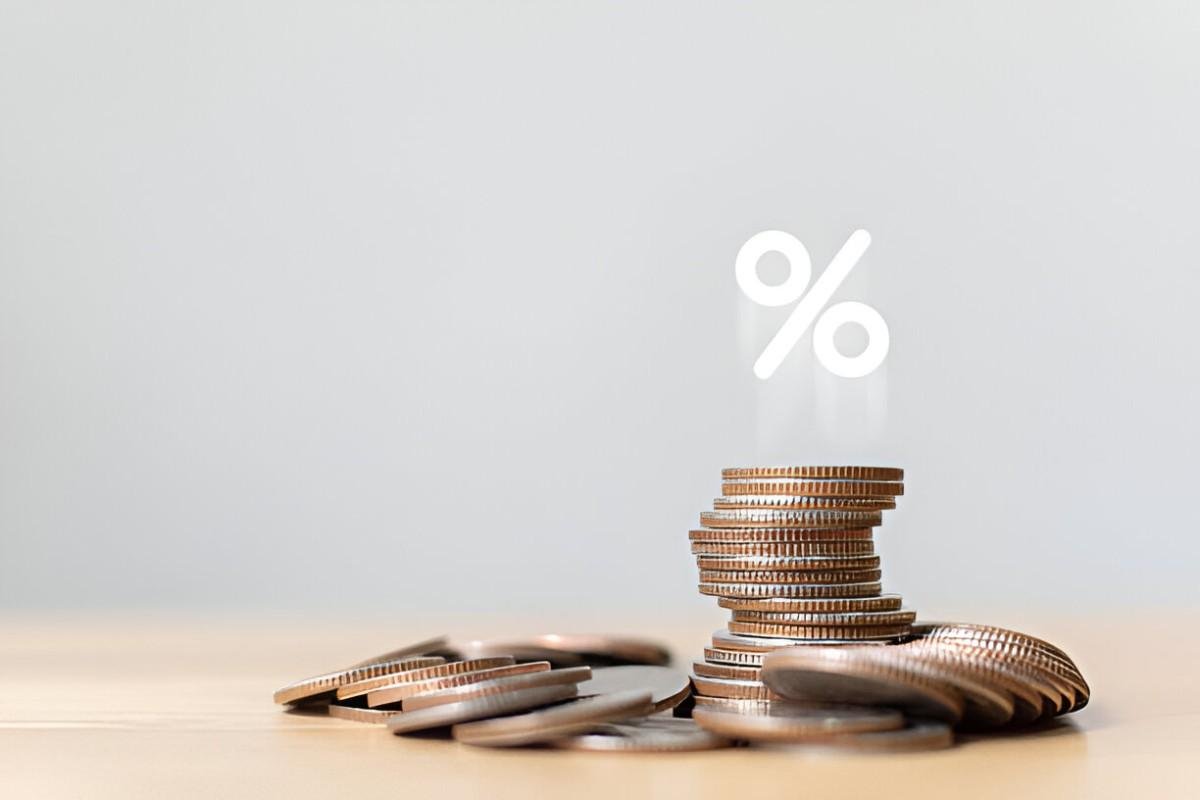Introduction
Interest rates play a vital role in the economy. The prime rate is one of the most significant interest rates that banks use when setting rates for loans and credit products. This article explores the prime rate in-depth, how it is determined, its effects on borrowing and lending, and its broader economic implications.
Table of Contents
What Is the Prime Rate?
The prime rate is the interest rate that commercial banks charge their most creditworthy customers, typically large corporations. The prime rate serves as a benchmark for various financial products, including mortgages, personal loans, and credit cards.
How Is the Prime Rate Determined?
Banks set the prime rate based on the federal funds rate, which is the interest rate at which depository institutions lend reserve balances to other banks overnight. The Federal Reserve (Fed) influences the federal funds rate through open market operations and adjustments to the discount rate. The prime rate generally follows the federal funds rate with a fixed spread. The formula for the prime rate is:
\text{Prime Rate} = \text{Federal Funds Rate} + \text{Fixed Spread}The fixed spread is usually around 3 percentage points, but it may vary slightly among banks.
Historical Trends of the Prime Rate
Historically, the prime rate has fluctuated with changes in the federal funds rate. Table 1 illustrates historical prime rate changes in the United States.
| Year | Federal Funds Rate (%) | Prime Rate (%) |
|---|---|---|
| 2000 | 6.50 | 9.50 |
| 2008 | 0.25 | 3.25 |
| 2015 | 0.50 | 3.50 |
| 2020 | 0.25 | 3.25 |
| 2023 | 5.25 | 8.25 |
The Relationship Between the Prime Rate and Other Interest Rates
Many consumer and business loans use the prime rate as a benchmark. Some common loan types include:
- Variable-Rate Mortgages: These loans adjust based on changes in the prime rate.
- Credit Cards: Most credit card APRs are set as the prime rate plus a margin.
- Small Business Loans: Many banks provide business financing with interest rates tied to the prime rate.
Example: Prime Rate Impact on a Loan
Suppose a business takes out a $500,000 loan with an interest rate set at the prime rate plus 2%. If the prime rate is 7%, the loan interest rate will be:
7% + 2% = 9%The annual interest cost would be:
500,000 \times 0.09 = 45,000If the prime rate rises to 8%, the new interest cost will be:
500,000 \times 0.10 = 50,000Factors Influencing the Prime Rate
Several factors affect the prime rate, including:
- Federal Reserve Policy: Changes in the federal funds rate directly impact the prime rate.
- Inflation: Higher inflation often leads to higher interest rates to control economic overheating.
- Economic Growth: Strong economic growth can lead to rising interest rates as demand for credit increases.
- Banking Competition: While most banks follow the same prime rate, competitive forces can lead to slight variations.
Prime Rate’s Effect on Consumers and Businesses
Impact on Consumers
- Higher prime rates increase borrowing costs for mortgages, auto loans, and credit cards.
- Consumers with variable-rate debt may see their payments rise when the prime rate increases.
- Savings account interest rates may increase, offering better returns for depositors.
Impact on Businesses
- Higher borrowing costs can reduce capital investment and expansion.
- Small businesses relying on loans may struggle with higher interest expenses.
- Companies with significant debt obligations may see higher interest payments, impacting profitability.
Prime Rate and Monetary Policy
The Federal Reserve uses interest rates to control economic conditions. If inflation is high, the Fed raises the federal funds rate, increasing the prime rate. Conversely, during economic downturns, the Fed lowers rates to stimulate borrowing and investment.
Example: Federal Reserve Rate Cut and Prime Rate Impact
Suppose the federal funds rate drops from 5% to 4%. If the prime rate follows with a 3% spread:
4% + 3% = 7%This lower prime rate reduces borrowing costs, encouraging business expansion and consumer spending.
Prime Rate vs. Other Benchmark Rates
The prime rate is just one of many benchmark interest rates. Table 2 compares the prime rate with other key rates.
| Interest Rate | Description |
|---|---|
| Prime Rate | Rate banks charge top customers |
| Federal Funds Rate | Interbank lending rate set by the Fed |
| LIBOR (Legacy Rate) | Historical global benchmark for lending |
| 10-Year Treasury Yield | Government bond rate influencing long-term loans |
Conclusion
The prime rate is a crucial component of the financial system, influencing borrowing costs, investment decisions, and economic growth. By understanding how the prime rate is determined and how it affects loans and credit, businesses and consumers can make informed financial choices. Monitoring Federal Reserve policies and economic trends helps anticipate changes in the prime rate, allowing better financial planning.





